
For those even a little clued-in to trends in the firearm industry, it’s hard to miss the growth of long-range pursuits in both the hunting and shooting communities, and manufacturers are feeding the need with all kinds of purpose-built long-range rifles and assorted accessories. I haven’t spent a ton of time ringing steel past 1,000 yards, but the re-introduction of the NRA Advanced Long-Range Shooting School at Peacemaker National Training Center in Glengary, WV, provided an opportunity for me to strengthen and familiarize myself with aspects of this popular niche in the shooting world.
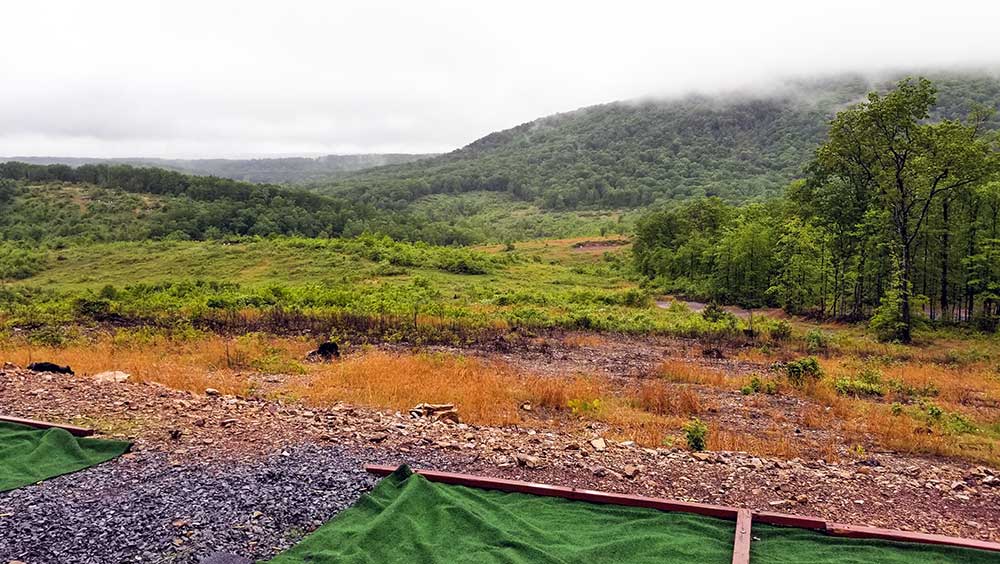
It just so happens that I had one of the latest precision platforms on-hand for a review in Shooting Illustrated magazine: the Daniel Defense Delta 5. At the rifle’s launch in November 2018, I had a chance to shoot the gun at 1,000 yards and did so pretty effortlessly. Not wanting to ruin a sure thing, I decided to drag this particular T&E gun along for the ride to West Virginia, so I outfitted this rig with a few high-quality must-haves to enhance my chances at distance. Along the way, I learned how good-quality gear can absolutely make or break your long-range shooting experience.
The Rifle
My first experience with the Daniel Defense Delta 5 came at the rifle’s launch in October 2018. We had a chance to shoot the 6.5 Creedmoor model of the gun, which features a 24-inch barrel and seemed to be eminently suited for long-range pursuits. From 100 to 1,000 yards, attendees at the Daniel Defense event rang steel with ease, and that’s certainly a testament to the Delta 5’s suitability for the long-range game. So, I elected to use this rifle at the NRA Advanced Long Range School at the Peacemaker National Training Center in Glengary, WV.
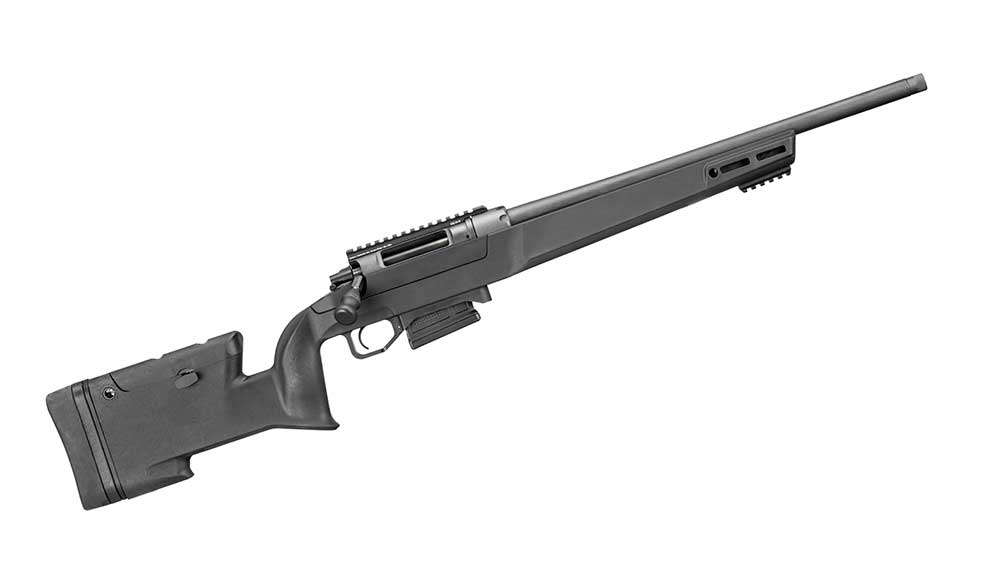
However, my plans hit a snag when I received a rifle from Daniel Defense for evaluation, which is reviewed in the July 2019 issue of Shooting Illustrated. There wasn’t anything wrong with the rifle, per se, just that Daniel Defense could only send a 20-inch .308 Win. Instead of the 24-inch 6.5 Creedmoor I shot at the rifle’s rollout event several months earlier. Though .308 Win. isn’t an ideal choice for shooting past 1,000 yards, I decided to roll with it. How hard could it be? I soon found out.
When choosing a rifle for long-range shooting, one of the critical components of that rifle system is caliber. There’s a reason why 6.5 Creedmoor and even the newer 6mm Creedmoor are hugely popular in the long-range shooting world. The ballistic performance of that round enables shooters to get on-target more easily at quadruple-digit ranges than with the venerable .308 Win.
Aside from the caliber, rifle construction also matters a great deal. The Daniel Defense Delta 5 is built with a Heavy Palma barrel, which aids in dissipating heat versus thinner-profile barrels. This is particularly critical, as barrel heat can contribute to a walking zero, which is only amplified at distance. One of the other components of a well-built long-range rifle is the stock, and the molded-polymer stock designed for the Delta 5 features a few must-have components. For one, length-of-pull and comb height are both adjustable, so the rifle can be configured to fit a shooter perfectly. This is critical for consistency in long-range shooting, as a comfortable, well-fit rifle ensures that you’ll find the same spot on the stock every time you mount the gun. This minimizes any induced parallax from shifts in shooter position, which is very much a factor when shooting past 1,000 yards.
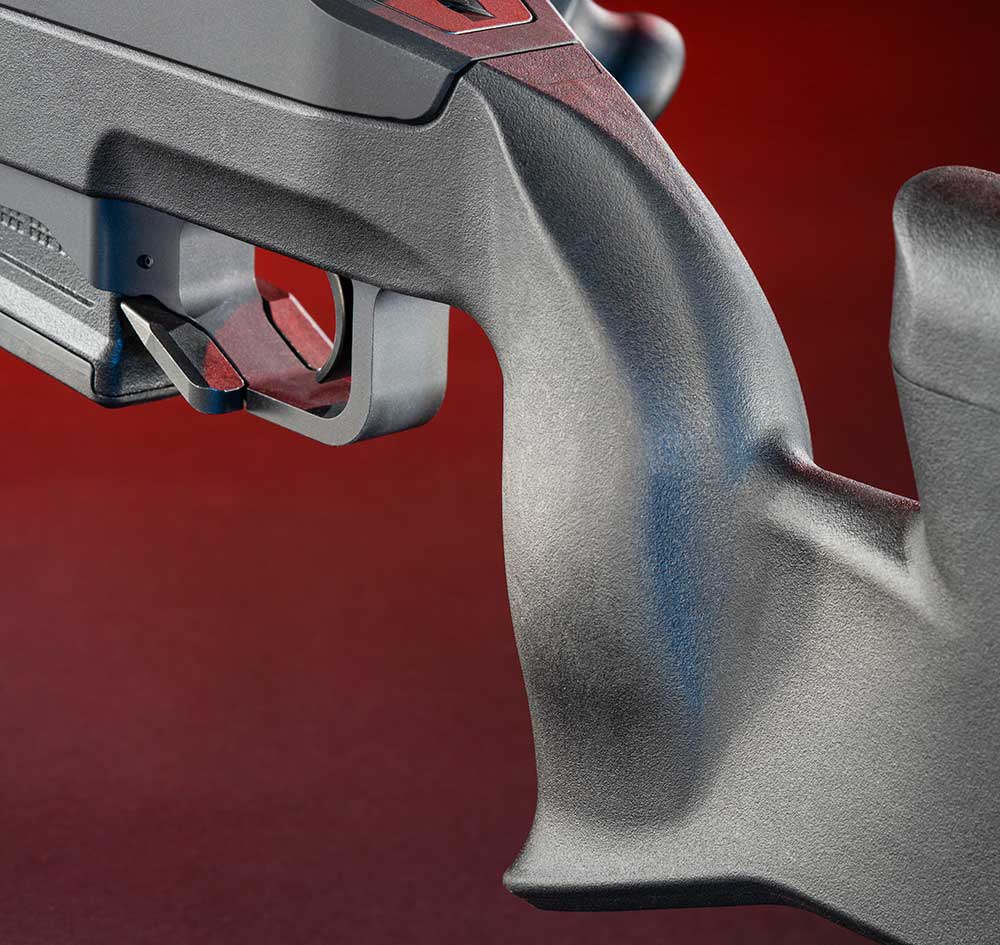
The stock also features a specially shaped grip, which guides a shooter’s thumb along the strong-side of the stock wrist. This helps to ensure a more-linear pull during the trigger press, preventing any shift in the rifle once the trigger breaks. With a thumb wrapped around the wrist, sympathetic movement along with a trigger pull can cause slight shifts in point-of-aim, and minimal shifts at the shooter’s position are magnified as distance increases.
The Optic
Once we settled on the firearm of choice, it was time to top the rifle with an optic that would allow me to place rounds on-target past 1,000 yards. Rifles editor Steve Adelmann sung the praises of the Leupold Mark 5HD optic in this review, and the riflescope won our Golden Bullseye award for Best Optic of the Year in 2019. Leupold recently expanded its lineup with MOA models of the Mark 5HD, so I opted to set it up on the Daniel Defense Delta 5. With a magnification range of 5-25X and a 35mm main-body tube that provided plenty of adjustment room, I knew I’d be able to dial easily for targets past 1,000 yards, even with the fast-dropping .308 Win. My expanded elevation was aided by the fact that the Delta 5 comes equipped with a 20-MOA optics base, giving me 200 extra inches of compensation at 1,000 yards.
Of course, we can run down the list of highlights for the Mark 5HD, but it seems like all those specs and features just run together, and they don’t really highlight the true value of an optic like this. For one, depending on how varied your target distances are, you’ll be dialing for elevation quite a bit. With a cartridge like the .308 Win. that’s dropping pretty rapidly past 1,000 yards, there’s quite a bit of adjustment needed, even if targets are only 15 yards apart, distance-wise. With all the variables considered during a long-range shot, one you shouldn’t worry about is whether or not your windage or adjustment turrets are consistent. Remember, any slight variation you notice at 100 yards is magnified at 1,000 yards.
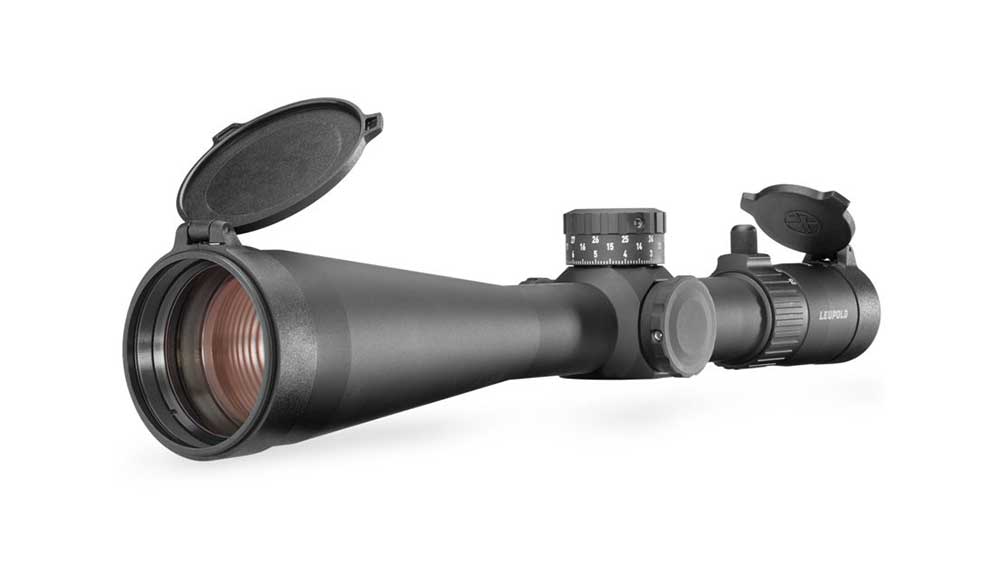
Additionally, while many choose not to dial for windage, you’ll still need to determine how far off to either side of the target to hold in order to compensate for wind blowing downrange. While having a spotter is nice, it’s nicer and more practical to be able to call the wind yourself, and the clarity of an optic at distance makes all the difference. My experience with the Leupold Mark 5HD showed me what good glass really means.
It’s not enough to say that the clarity is outstanding on this high-end riflescope. When you’re able to discern wind speed from the dancing of leaves on trees at 1,000 yards and dial in your dope without any error, you know you’ve got a solid optic, and that’s what makes the difference between a hit or a miss on that first shot. Having the gear you need to get all the information about what’s happening downrange is critical. The downside is that quality costs. That’s why the Leupold Mark 5HD starts at $2,599.99.
The Ammo
Today’s factory rifle ammunition is better than ever before, but with the increasing target distances that precision shooters are aiming for, even slight variances in factory loads can mean big changes downrange. Remember, factory-loaded ammo is purpose-built to provide the best-possible performance in any rifle chambered for that round. That means that it doesn’t account for the variances that exist from gun to gun. Every gun is slightly different, and different ammunition will vary in performance from gun to gun.
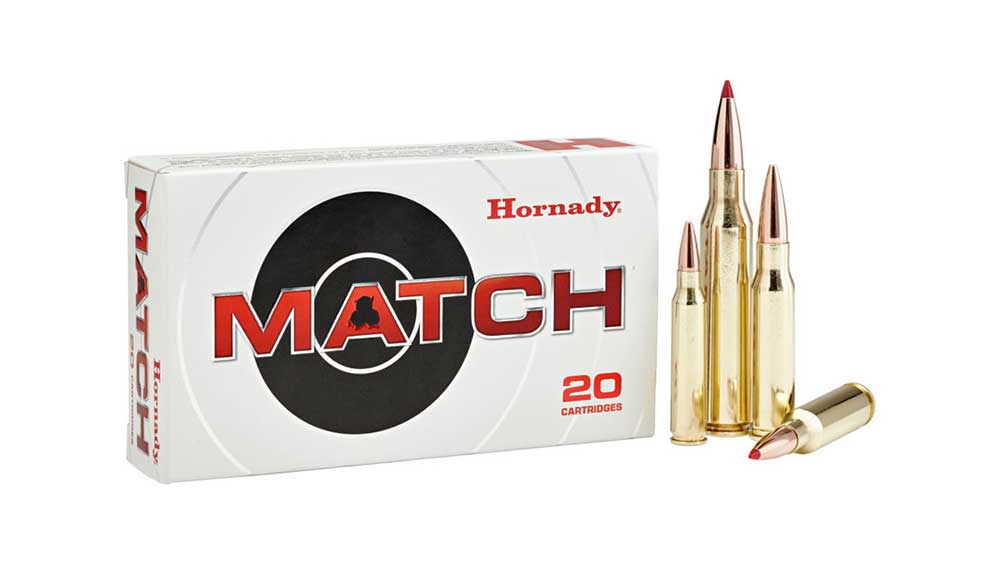
At shorter ranges, this isn’t as much of an issue, but as you start to increase the distance, those little variances in factory-loaded ammunition become more evident. Take standard deviation and extreme spread, for example. Every batch of loaded ammunition has some deviation in terms of muzzle velocity, and in a given box of factory ammunition, there’s a round with the lowest muzzle velocity and the highest muzzle velocity. Sometimes, the extreme spread on these rounds can be pretty high, and that’s the difference between a hit and a miss at 1,000 yards, assuming all other variables are equal.
Small Components and Accessories
Of course, we’ve covered the main components of a complete long-range system, but all of these larger elements rely on a number of smaller products often overlooked by rifle shooters. For example, people often spend large amounts of money on a rifle, large amounts of money on an optic, buy match-grade ammunition and yet cheap-out on the scope rings. If the link between a rifle and an optic is compromised, then it doesn’t matter how much is spend on the optic itself. It can’t be trusted.
Likewise, even the component parts of these elements make a difference. Are your scope-ring screws torqued properly? Are they Loctited into place? What about your optics base? Any loosening here negates any benefit provided by a high-quality piece of glass and a sub-MOA rifle. Does your bipod provide a solid, level resting point for your complete rifle system? Do you have a bubble level that ensures your rifle system is completely level during the trigger break? Speaking of the trigger, does it allow you to break clean shot without disturbing target-alignment or shifting your grip on the stock?
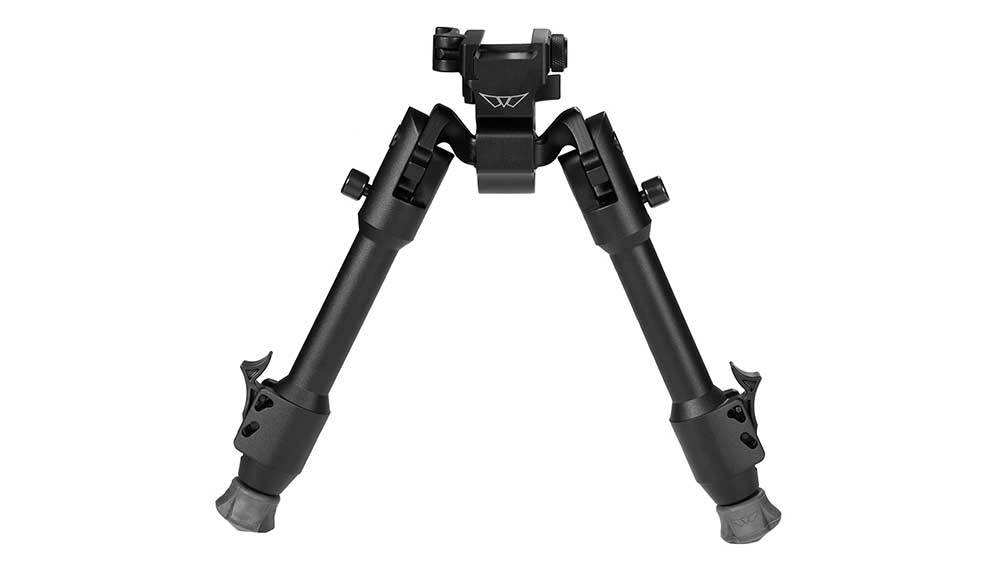
The larger point here is that every element matters in a long-range platform, because the small errors that don’t really impact shot placement at shorter ranges will really start to show up at longer ranges, as I found out during the NRA Long-Range School at Peacemaker.
The Shooter
As our instructor highlighted during the class, a complete long-range shooting system necessarily includes the shooter. Even with the best rifle system, top-dollar optics and the best of every possible accessory, a poor shooter will still lead to an ineffective system. That’s why training classes like the NRA clinics at Peacemaker are so necessary. Engraining critical skills like body position, loading the rifle, grip, trigger-finger placement, cheek weld, trigger pull and more are all critical elements that are necessary to place that first round on-target at extended distances.
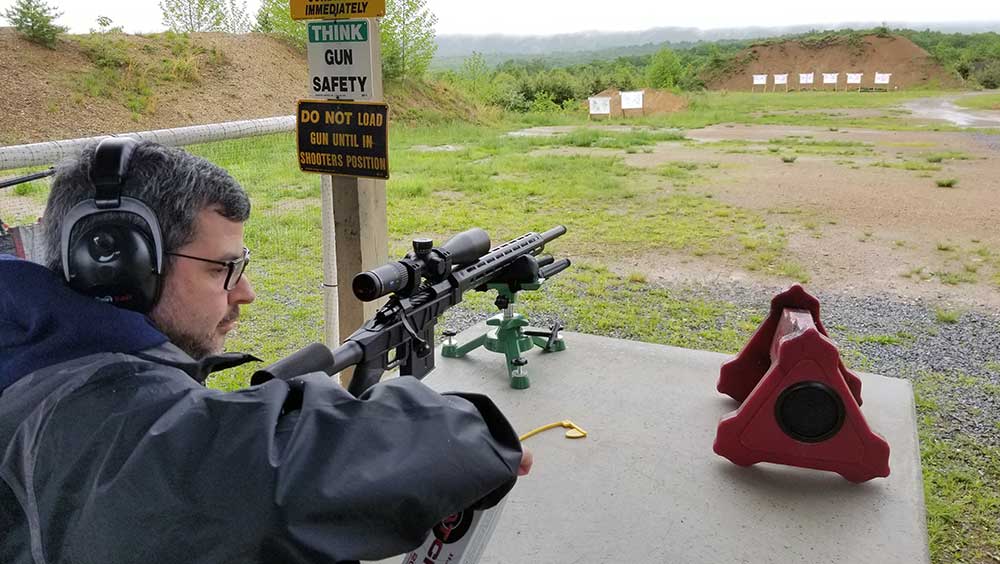
One of the highlighted lessons pushed in the NRA Long-Range Course is that long-range shooters shouldn’t negate the classic 100-yard rifle range. After all, a successful long-range shot starts at the muzzle, and how consistently and accurately a bullet leaves the muzzle of the gun depends on the skill of a shooter. These are all skills that can be built while shooting off a bench or from a bipod at a paper target at 100 yards. As distance extends, other variables come into play, such as wind, spin drift and trajectory-compensation, but these are all easy to incorporate for a skilled shooter. The real skills are built at the 100-yard bench.
Lessons Learned
With my Daniel Defense Delta 5-based system, I took away a few solid lessons from the NRA long-range course. The first is that the .308 Win. is quite a difficult round to work with around that 1,000-yard mark. Generally, shooters characterize the .308 Win. as an 800-yard cartridge, and it’s easy to see why. Right around 900-1,000 yards, most .308 Win. rounds hit the “transonic window,” where the bullet makes the transition from supersonic to subsonic velocity. Weird, unpredictable things happen in that window, so it’s better to stay supersonic as long as you can, hence the popularity of faster, flatter rounds like the 6.5 and 6mm Creedmoor.
Second, even if you have a high-dollar optic and rifle, your performance at distance can be ruined for want of a seemingly insignificant component. Our “final exam” consisted of running through five IPSC plates at distances between 920 and 1,050 yards. Only first-round hits counted. My first run on all five plates was clean. However, the second run was dismal. I only managed to hit one out of five. Why?
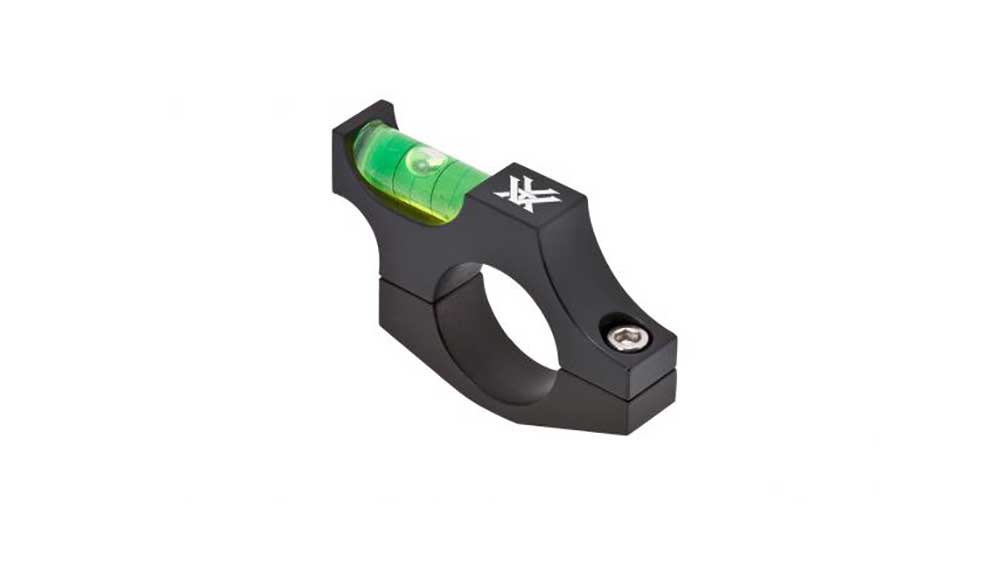
I had loosened and re-tightened the cant adjustment feature on my Warne bipod while setting up my rig prior to taking my last five shots. What was I missing? A bubble level. For want of a bubble level, available at Brownells for $35, I performed dismally at distance. The human eye cannot perceive a cant of three degrees or less, but that’s enough to miss a shot at 1,000 yards.
Ultimately, I learned that making first-round hits at 1,000+ yards requires every element of your system working well in concert. The long-range game is getting popular among firearm enthusiasts today, and serious shooters are spending thousands on the gear needed to ring steel or punch paper at longer ranges. Modern rifles and glass have become affordable enough to enable budget-minded shooters to achieve hits at extended distances, but the constants remain. Make sure your gear works, don’t overlook the little stuff (like a bubble level) and get training that allows you to make effective use of your rifle platform.


































